Energy Security’s Interactive Energy Grid™ (IEG™) system addresses all your properties energy requirements to efficiently produce, manage, store and distribute both electrical and thermal energy. No other system available in the residential and lite commercial market addresses all your energy needs in a single integrated system.
On or off-grid, typical “Micro-Grids” are constrained by what electrical energy sources they can utilize while completely ignoring the home’s thermal energy requirements. Residential energy use is typically 40% electrical (kWh’s) and 60% Thermal (BTU’s) and in larger custom homes the percentage of thermal energy required can be much higher.
Our Energy Conductor Micro-Grid enables the creation of this comprehensive, integrated energy system we call the “Interactive Energy Grid™” encompassing both the electrical and thermal energy needs of your home or business. Our Energy Conductor is the cornerstone of the system, orchestrating all the various components of your IEG. We create a fully integrated energy system that can continue to supply your property with uninterrupted energy even when the public grid is not available for extended periods.
Our software and AI controls the production and distribution of both electrical and thermal energy in the most efficient and economical method, knowing when to use the grid at low peak times or renewable sources when utility costs are at peak.
To further enhance your IEG’s lasting value, we designed the Energy Conductor to be “future proof”, capable of utilizing whatever electrical and/or thermal energy sources that become available in the future.
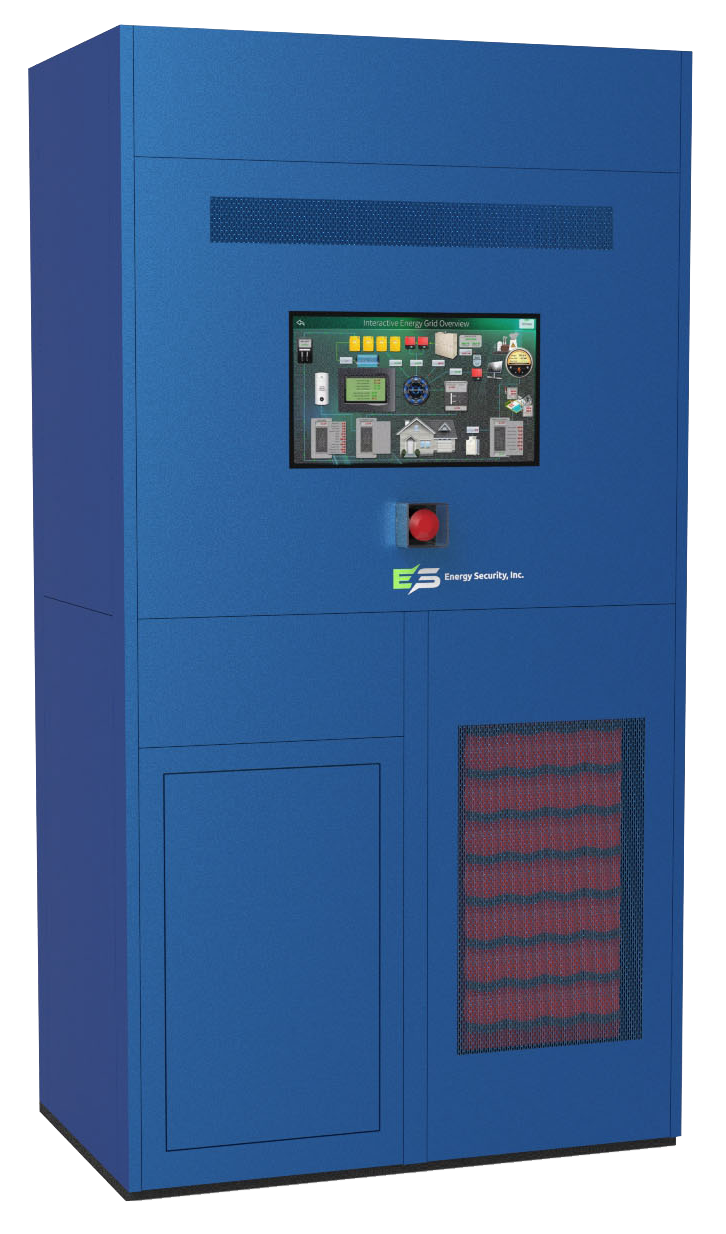
A micro-grid is an on-site electrical energy system with control and production capabilities that can disconnect from the public grid and operate autonomously. Autonomous operation is commonly referred to as “Islanding” or “Island Mode”. The Energy Conductor is the heart and brains of the IEG, unifying all the energy sources, creating the power to be used, and managing all aspects of your energy infrastructure both thermal and electrical. The smart control capabilities built into the Energy Conductor act as your “energy broker™” always using the most efficient and/or economical energy source for the current circumstances. Your system is also fully capable of performing “Grid Optimization” to take advantage of your utility company’s Time of Use (TOU) rates to maximize system ROI. Capping off the Energy Conductor is an intuitive user interface that provides convenient anywhere-access to monitor and control your home’s energy use and production. Energy Conductor App gives current and historical data at a glance to provide insights you need to understand and optimize your home’s energy.
The IEG system employs both an electrical and a thermal-grid. In this context a “grid” is the localized distribution network. For example, electrical grids are made up of electrical sources (i.e. the public grid, solar PV, generators, Micro-CHP systems etc.) wires, circuit breakers, and switches connecting the sources to the electrical loads and batteries for storage. Thermal grids use pipes, valves, and pumps to deliver heat from thermal energy sources ( i.e. Micro-CHP systems, solar thermal, heat pumps, gas boilers, etc.) to thermal loads (Domestic Hot Water, pool/spas, home heating systems) and a thermal storage system. Storing heat is a more economical way to store any excess or economically advantageous energy compared to electrical batteries. Thermal storage systems can last a lifetime with little to no degradation. Thermal storage systems are evolving, and currently our IEG’s use highly insulated tanks to store hot water, however more efficient thermal storage mediums are in development. The Energy Conductor manages both the electrical and thermal grids as an integrated system.
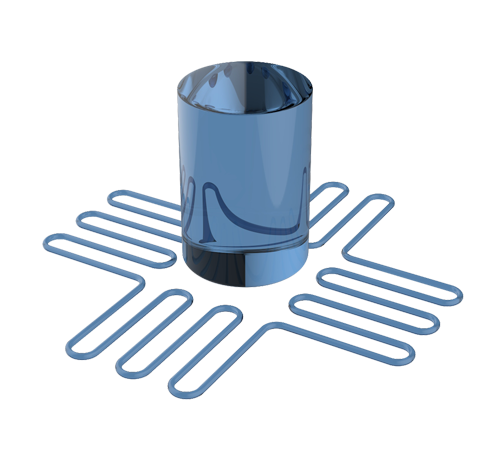
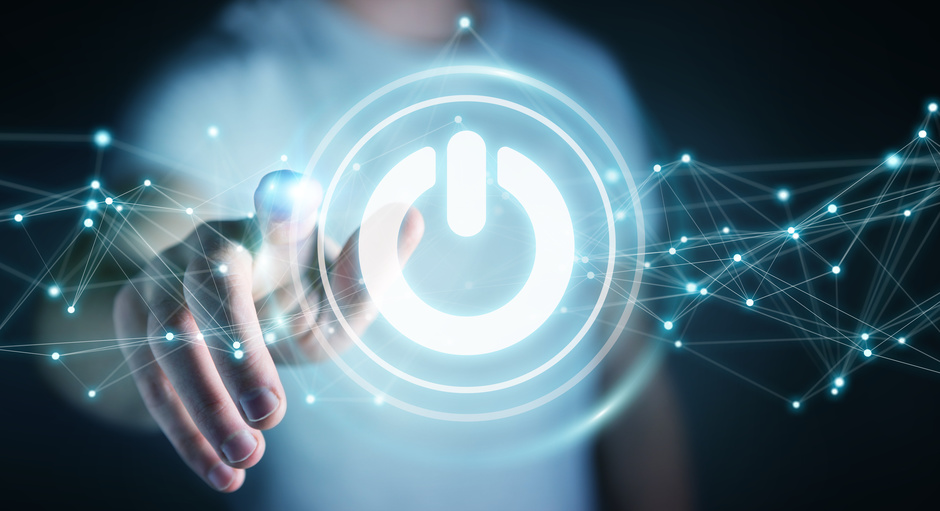
Nano-grids are sophisticated Uninterruptible Power Supplies built into every IEG. Energy Security employs nano-grids to ensure the continuity and reliability of critical control functions. Each nano-grid is powered by a completely isolated “clean” electrical source and battery back-up system, separate from that used to deliver electricity to your home’s “normal” loads. These separate critical power systems ensure “uptime” and eliminate the possibility of electrical disturbances in the home’s electrical system that could damage delicate electronics. Typically, an IEG will have at least two nano-grids, one for the Energy Conductor control system and another for the home’s critical controls.
The Battery Energy Storage System (BESS) of an IEG can be sized from 12kWh to 500kWh. Energy Security chose Lithium Iron Phosphate (LFP) battery chemistry. This chemistry has proven to be the safest Lithium battery available and is not prone to the problems that have plagued other Lithium-Ion battery types. Batteries are an expensive and expendable resource so we size the initial BESS in your system conservatively and you always have the option of additional battery capacity if required or desired in the future.

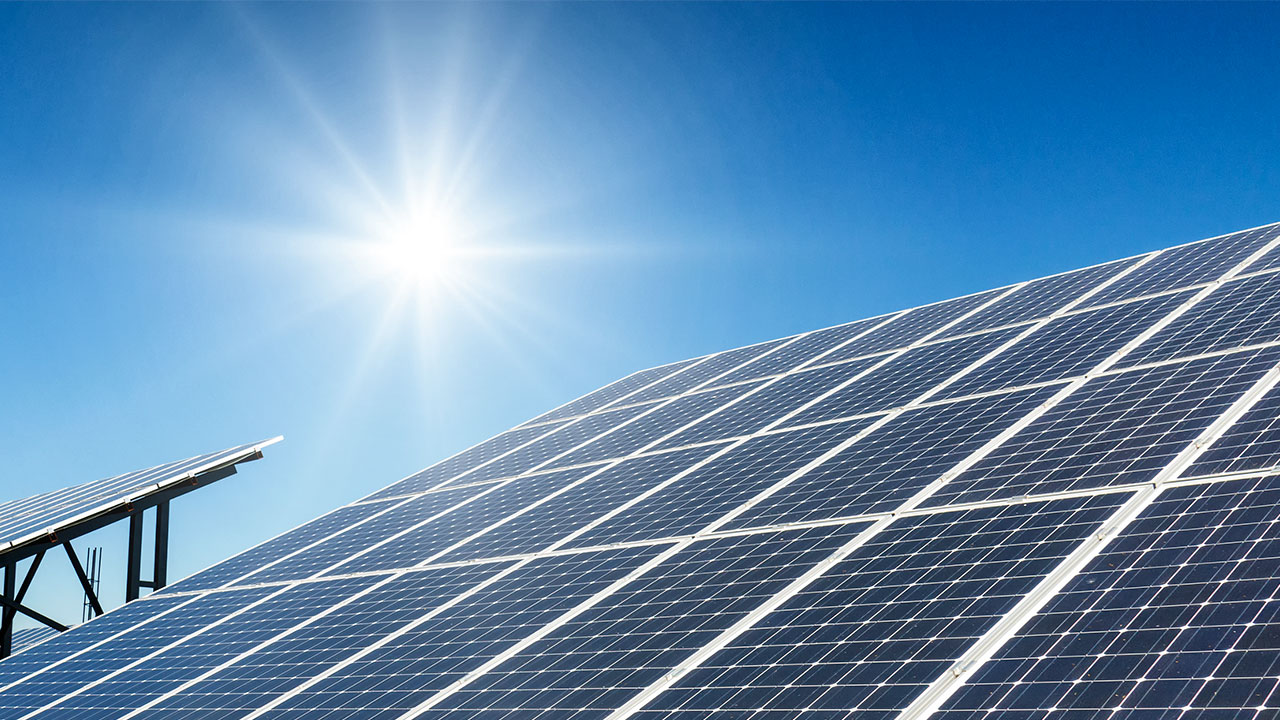
Clean and economical renewables remain the best choice for on-site energy production. Your IEG is fully capable of utilizing as much renewable energy production as your site permits. Whether your system is on or off-grid, IEG can use or store any energy your renewables produce to satisfy your home’s energy demands. In some cases, deploying sufficient renewables to ensure your home’s energy resiliency isn’t practical (not enough space, shading issues, HOA restrictions, aesthetics). In these cases, additional on-site energy sources such as a micro-CHP are often deployed. The IEG can leverage renewable sources to produce electrical and thermal energy. For example, we can use the electrical energy your solar array produces during the day and deliver hot water to your radiant floor heating system at night.
Micro-Combined Heat and Power systems are the most efficient and reliable means of producing both electrical and thermal energy for residential use. CHP technology has been in industrial and commercial use for over 100 years, but only recently has it been scaled to residential use. CHP systems are almost three times more efficient than generators (85-90% vs 30-36%). We think of them as an “energy appliance”; much like a refrigerator ensures food safety, a micro-CHP system ensures the availability of electrical and thermal energy. Currently the only practical Micro-CHP systems for residential applications utilize Internal Combustion Engines fueled by Natural Gas or Propane. The engine in a common generator produces electricity by powering an alternator much like your car does, and throws away 70% of the fuel’s potential energy as heat released into the atmosphere. Alternatively, Micro-CHPs capture and supply the otherwise wasted heat to the thermal grid for distribution to the home’s thermal loads. Fuel Cells are also CHP systems - unfortunately they are not yet practical for residential use. Clean and sustainable Fuel Cell technology is evolving rapidly and will become available in a few years. When fuel cell tech is available, the IEG is built so that it can be readily plugged in and utilized.
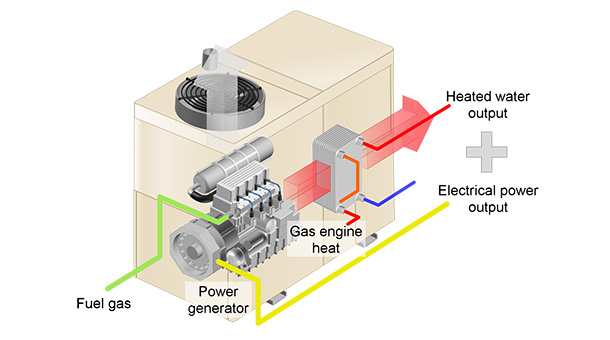



A back-up generator can be used as a fail-safe in the event all other power systems are unavailable.
The public grid is your utility’s energy distribution system, delivering energy from huge, centralized generation systems to your home. Most of the public grid’s equipment was deployed in the late 1940s through the 1960s with a life expectancy of 50 years. It is now antiquated and struggling to deliver more energy than it was ever designed to do. As a result, we can no longer solely depend on the public grid for complete energy security.

While we look forward to the much-anticipated clean renewable energy “all electric future”, the reality is still a long way off. Big, centralized power generation and long-distance distribution systems are vulnerable to problems that can result in massive power failures as we have experienced recently. The real future of energy is in much smaller Distributed Energy Resources arrayed in a mesh network to ensure a much more resilient system. Energy Security’s IEG brings that future to your home, today!